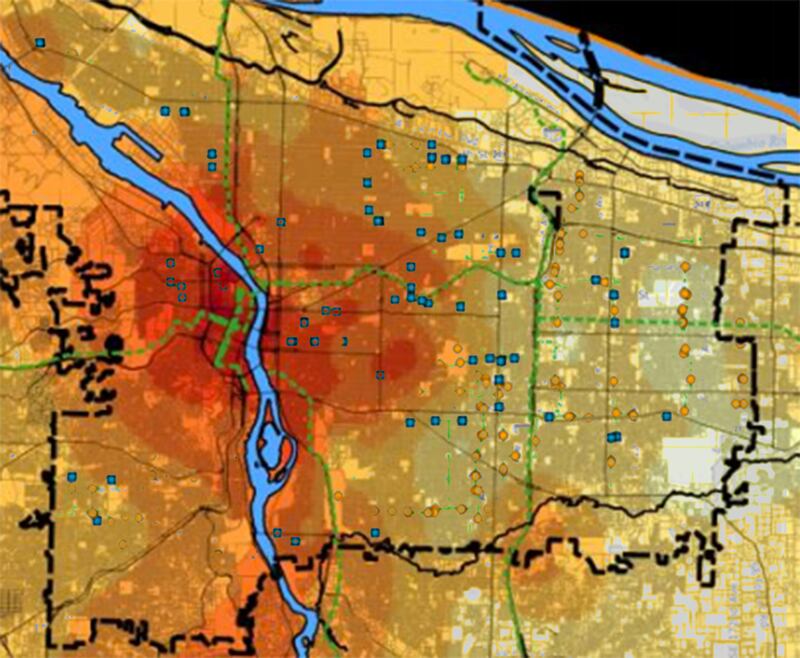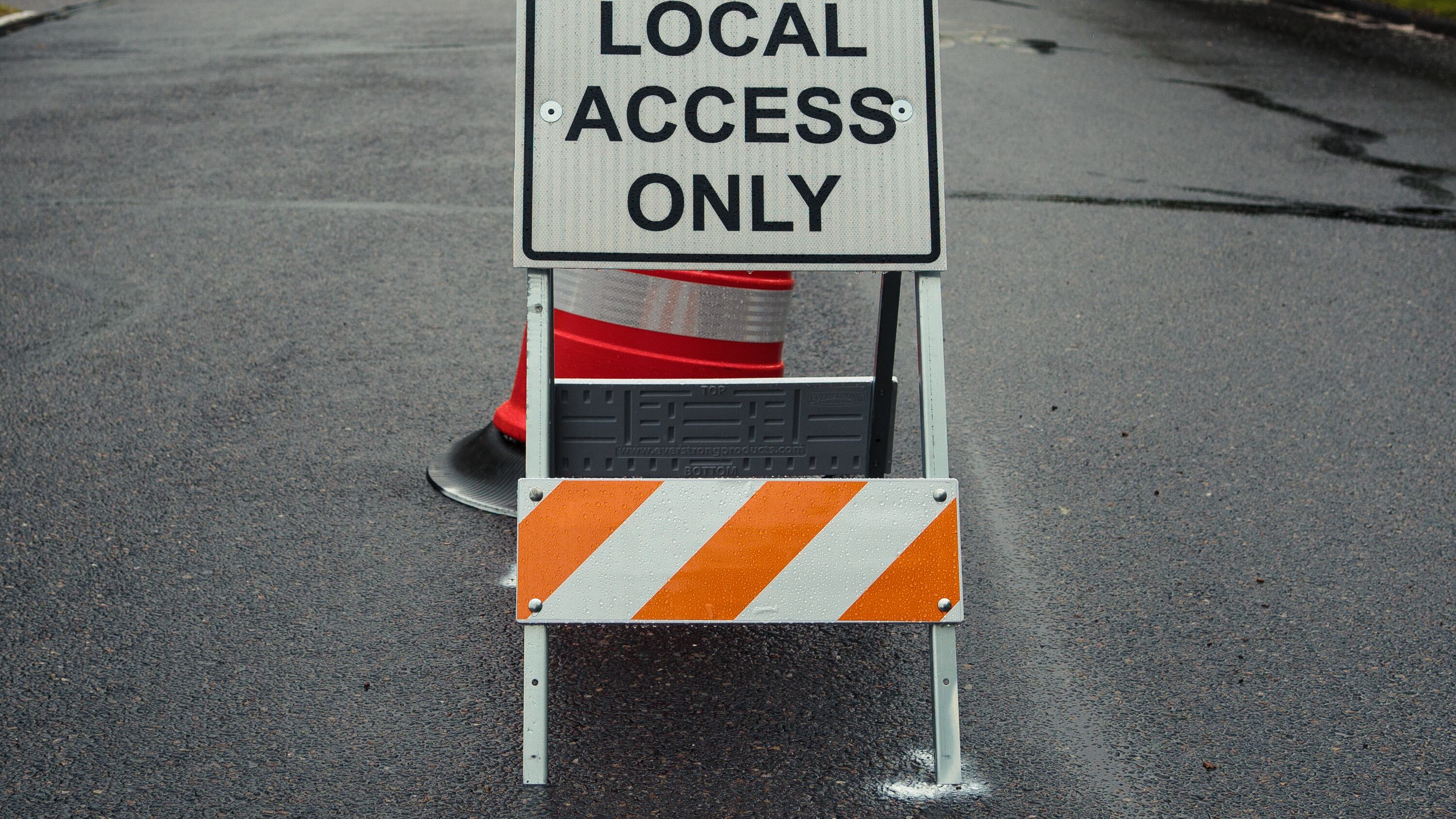I’ve been seeing more of those street signs that read “Local Access Only.” As the city messages a commitment to equity and access, do you know the distribution of these areas by neighborhood? Also, how is a violation determined? Will this rule be enforced? —Looking for Access in All the Wrong Places
Will it be enforced? I don’t have any inside information, but Portland cops barely have the manpower to enforce the law against murder right now. I’m guessing that “local access” zones are going to be mostly on the honor system for the foreseeable future.
In case you’ve spent the past couple of years living under a rock (a housing option that gets more appealing every day), we’re talking about signage that delimits sections of certain low-traffic streets as “local access only.” This is part of a Portland Bureau of Transportation initiative called the Slow Streets Program, and affects about 100 miles of neighborhood streets throughout the city.
These streets aren’t closed to cars, but so-called cut-through traffic is discouraged, making the streets safer and more attractive for biking, walking, skating, drunken crawling, etc. Over time, the current construction zone-looking signage will be replaced by attractive, traffic-calming planters.*
I know this is all for the best and will nudge us all toward a healthier, more climate-friendly lifestyle. Still, as a motorist, part of me despairs at the Death Star-like efficiency with which PBOT has ruthlessly targeted and eliminated every good shortcut in the city since at least 1989. (Then again, I also miss being allowed to smoke on planes, so being on the right side of history isn’t my strong suit.)
To your other question: You’re not the only person whose class-war Spidey sense was set a-tingling by this plan. Surely this safe-streets initiative would only be deployed in rich neighborhoods? I went so far as to superimpose the plot of existing and proposed Slow Streets on a heat map of Portland housing prices, but (unfortunately for righteous crusaders like you and me) the installations are distributed pretty evenly throughout the city.

If anything, Slow Streets are more numerous in outlying areas, possibly because lack of sidewalks is one of the problems they were designed to address. (A cynic might observe that putting up a “local access only” sign is a lot cheaper than putting in a new sidewalk—but that would be churlish, wouldn’t it?)
*more of those goddamned concrete barrels.
Questions? Send them to dr.know@wweek.com.

